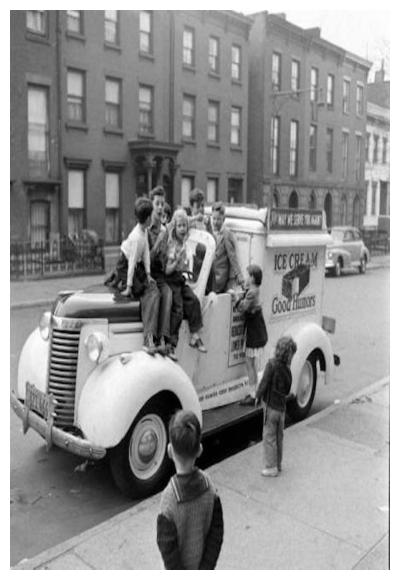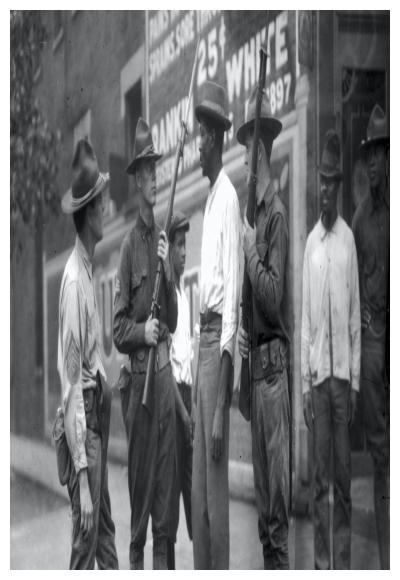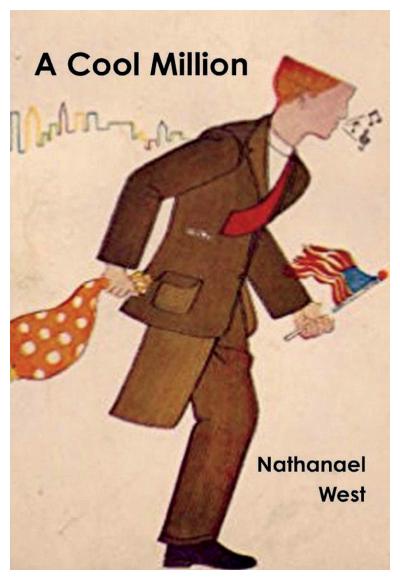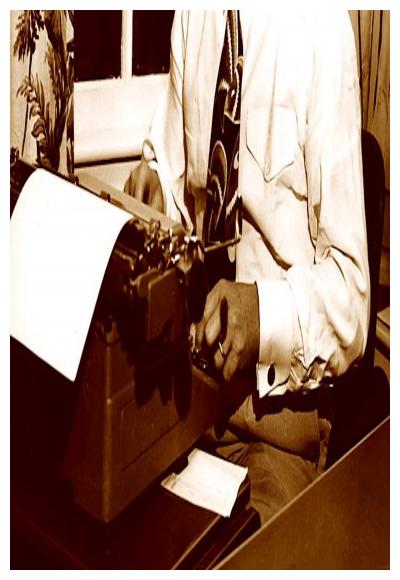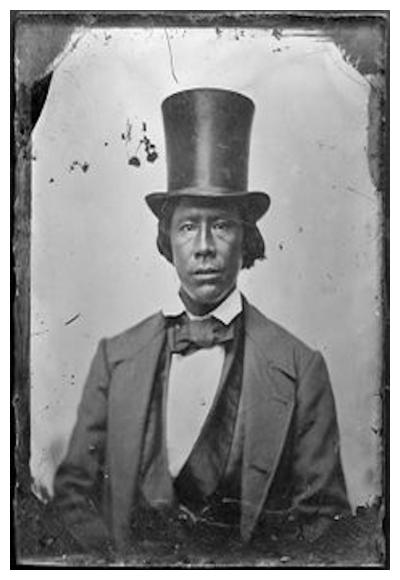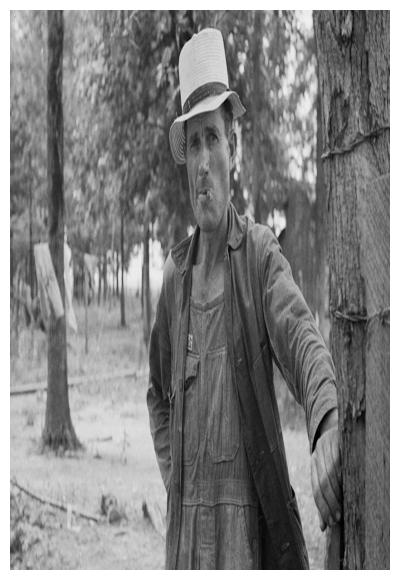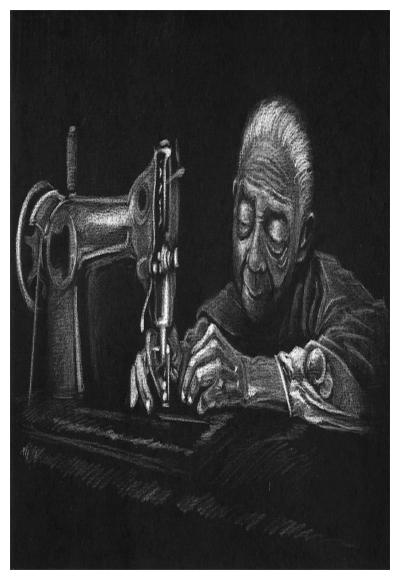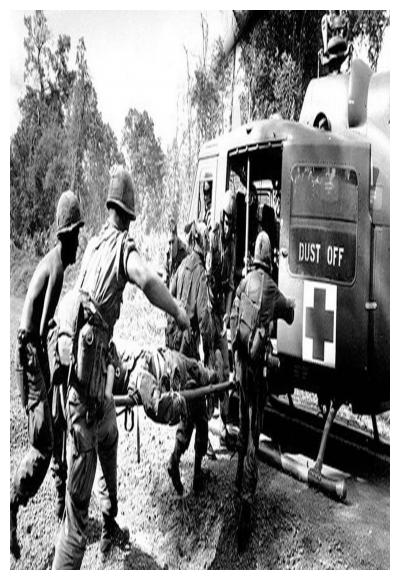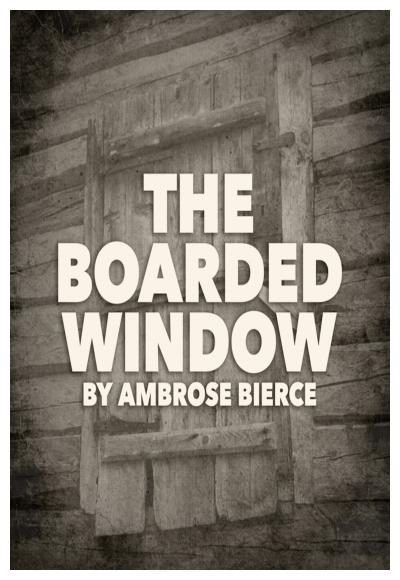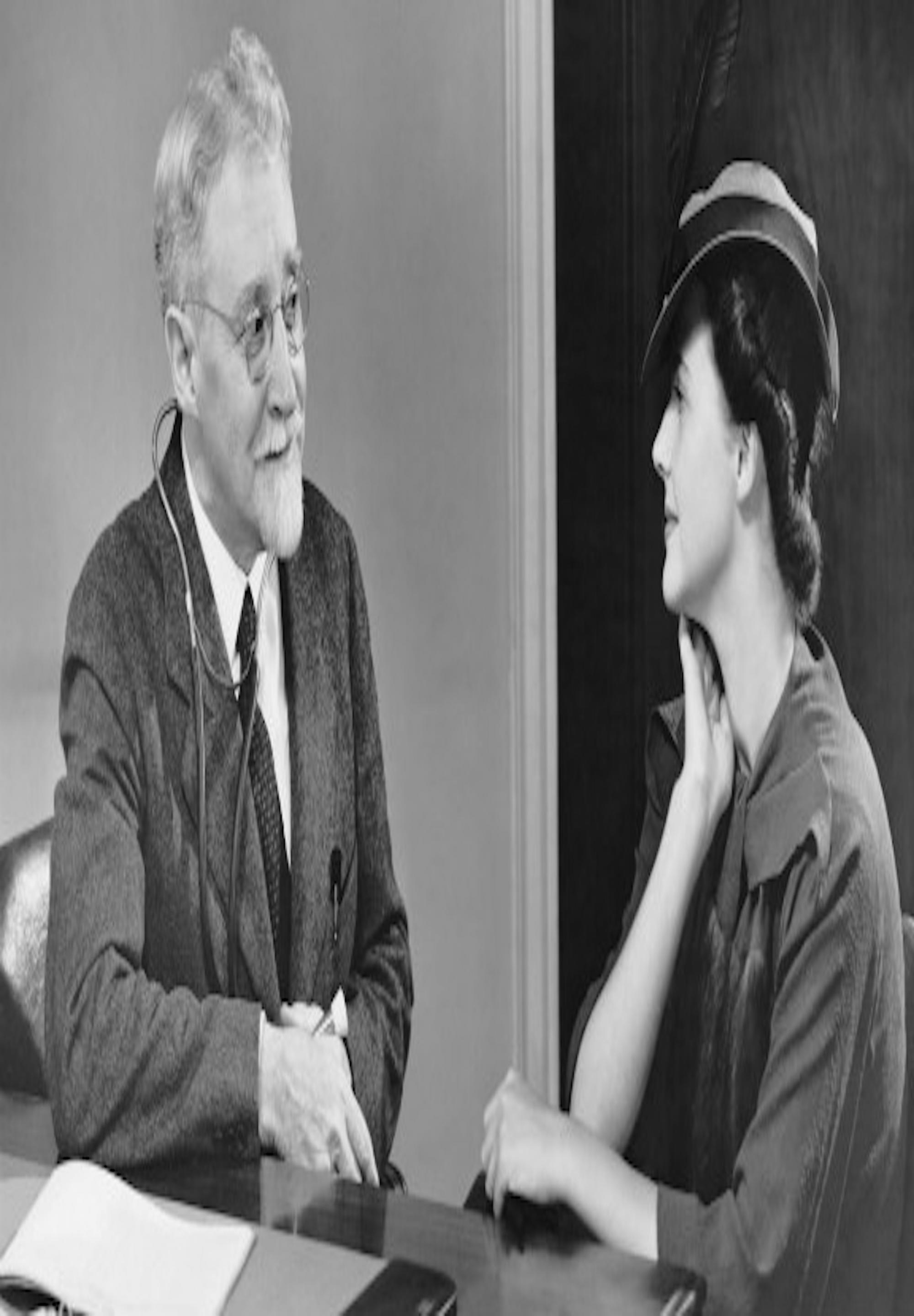
Synopsis/Details
Vermont, 1950s. Mrs. Arnold visits a doctor—not her family physician, because she does not want her husband to be alerted to the visit. She asks the doctor how you can tell if someone is going crazy. Concerned, the doctor asks Mrs. Arnold to elaborate.
Mrs. Arnold describes an incident in which her husband was unable to purchase a copy of the New York Times at his usual newsstand and became unreasonably distraught for the rest of the day. She then wonders why terms such as “psychosomatic medicine,” “bureaucratic centralization,” “international cartels,” and “deflationary inflation” exist. In his explanation to this woman, the doctor himself begins to use equally complicated, overly verbose, even seemingly nonsensical terms.
Mrs. Arnold becomes almost hysterical as a result, and the doctor rebukes her. Yet he continues to use inscrutable words. She repeats a few of them—“disoriented,” “alienation”—before finding one that makes sense to her: “reality.” Seemingly placated, Mrs. Arnold asks that the consultation bill be sent to her husband and leaves. The doctor just stands there, flummoxed.
Story & Logistics
Story Type:
Hero's Journey
Story Situation:
Madness
Story Conclusion:
Ambiguous
Linear Structure:
Linear
Moral Affections:
Acquittal
Cast Size:
Couple
Locations:
Couple
Characters
Lead Role Ages:
Female Middle Aged, Male Middle Aged
Hero Type:
Anti-Hero, Ordinary, Unfortunate
Villian Type:
Anti-Villian, Authority Figure
Stock Character Types:
Crone, Damsel in distress
Advanced
Adaption:
Based on Existing Fiction
Subgenre:
Disease/Disability, Drama, Literary Adaption, Medical, Psychological, Small-town Life
Equality & Diversity:
Female Protagonist
Life Topics:
Mid-life Crisis/Middle Age
Time Period:
Atomic Age (after 1945), Late modern period, Post-war era (1946–1962), The Fifties (1950–1959)
Country:
United States of America (USA)
Time of Year:
Autumn/Fall
Illness Topics:
Psychological
Writer Style:
Alexander Payne and Jim Taylor, Charlie Kaufman, James L. Brooks

